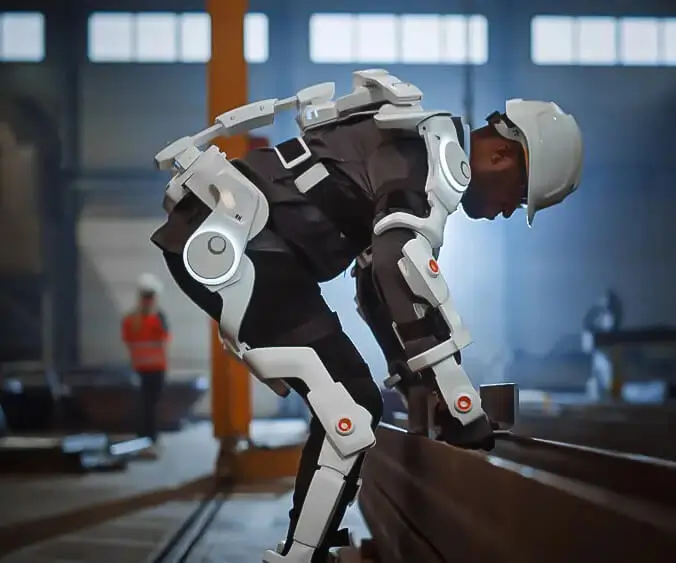Unlocking Precision and Power: The World of Geared Motors and Speed Control
In the rapidly evolving landscape of industrial automation, robotics, and mechanical engineering, the quest for efficiency, precision, and adaptability continues to drive innovation. Among the key technological advancements fueling this progress are geared motors and advanced speed control systems. These components, although often operating behind the scenes, serve as the engines propelling modern machinery toward higher productivity and smarter operation.

The Basics of Geared Motors
A geared motor is essentially a combination of an electric motor and a gearbox. This pairing is designed to produce high torque and controlled speed output, making it ideal for applications requiring significant force or precise movement. The gearbox's primary role is to modify the motor’s rotational speed and torque to suit specific operational needs.
Compared to direct-drive motors, geared motors offer several advantages: increased torque at low speeds, improved mechanical leverage, and the ability to tailor output characteristics through different gear ratios. They are commonly used in conveyor systems, lifts, mixers, and robotic arms—any scenario where controlled motion and strength are paramount.
Gearboxes come in various types, such as spur, helical, worm, bevel, and planetary gears, each selected based on factors like load capacity, efficiency, size constraints, and noise levels. For example, planetary gearboxes are renowned for their high efficiency and compact design, making them popular in high-performance applications.
The Significance of Speed Control
While the gear mechanism provides the necessary mechanical advantage, controlling the motor's speed is another vital aspect of achieving optimal operation. This is where sophisticated speed control systems come into play. They enable precise adjustment of motor speed and torque, adapt to changing load conditions, and optimize energy consumption.
The most common method for speed regulation involves variable frequency drives (VFDs) or variable speed drives (VSDs). These electronic devices modulate the power supplied to the motor, changing its frequency and voltage to achieve the desired speed. By doing so, they provide a seamless transition across a range of speeds, often with real-time feedback systems that monitor performance.
In tandem with geared motors, speed control systems unlock a new level of flexibility. For example, in conveyor belts, variable speed control ensures gentle start-up and ramp-down, reducing mechanical stress and energy spikes. In robotic applications, precise speed adjustments facilitate delicate assembly tasks or rapid movements without sacrificing accuracy.
Combining Geared Motors with Speed Control: The Power Duo
Integrating geared motors with advanced speed control technologies creates a synergy that elevates machine performance. By adjusting the motor’s speed dynamically, operators can optimize efficiency, prolong equipment lifespan, and achieve greater control over motion profiles.
In manufacturing, this means smoother operations, less wear and tear, and energy savings. For instance, a packaging line can slow down or speed up based on product flow, with the geared motor delivering consistent torque regardless of operational changes.
In robotics, the combination allows for nuanced, delicate movements—placing, gripping, or assembling—while maintaining the power needed for heavy lifting or forceful actions. This adaptability is especially critical when dealing with complex automation tasks that involve varying loads and intricate motions.
The Engineering Behind the Innovation
Modern geared motors and speed control systems are not just about mechanical and electrical components—they incorporate smart technologies as well. Many are equipped with sensors, feedback loops, and communication protocols like EtherCAT, CAN bus, or Ethernet/IP, enabling integration into larger factory automation networks.
These intelligent systems facilitate predictive maintenance, real-time diagnostics, and remote control, which significantly improve overall efficiency. Data collected from motors and gearboxes can be analyzed to predict wear, optimize operation schedules, and prevent unexpected downtime.
It's also noteworthy how material science and manufacturing precision have advanced the design of gearboxes and motors, reducing noise, vibration, and energy loss. Innovations in lubricants, composite materials, and manufacturing tolerances contribute to longer life spans and quieter operation—important considerations in both industrial and consumer applications.
Trends and Future Directions
Looking ahead, the adoption of brushless DC motors (BLDC) and electronically commutated motors (ECMs) combined with intelligent gearboxes hints at a future where control systems become even more adaptive and efficient. These motors offer high efficiency and minimal maintenance, perfect for integration with digital control systems.
Moreover, the rise of Industry 4.0 and IoT (Internet of Things) integration means that geared motors and speed control systems are increasingly connected to cloud-based analytics. This interconnectedness empowers industries to implement predictive maintenance, optimize energy use, and enhance operational transparency.
Sustainability is also a key driver. Enhanced gear design and motor efficiency contribute to reduced energy consumption and lower carbon footprints, aligning with global efforts to create greener industries.
As our understanding of machine learning and artificial intelligence deepens, we can anticipate even smarter motor-control systems capable of self-optimization and autonomous operation—ushering in an era where mechanical power meets intelligent adaptability more seamlessly than ever.
Established in 2005, Kpower has been dedicated to a professional compact motion unit manufacturer, headquartered in Dongguan, Guangdong Province, China.




































